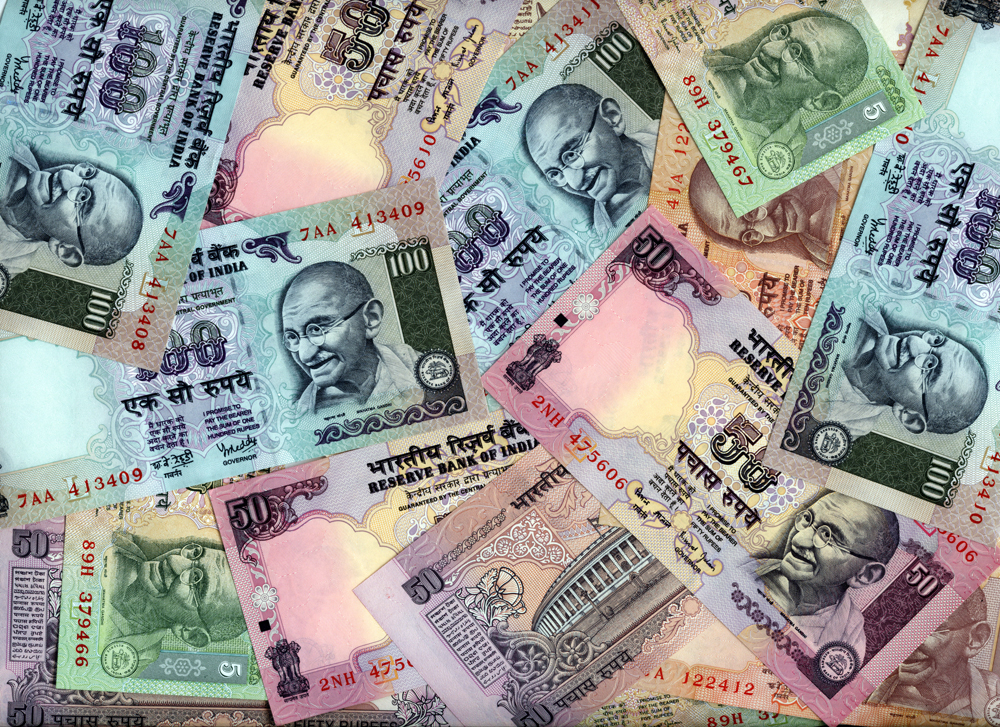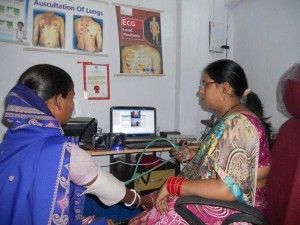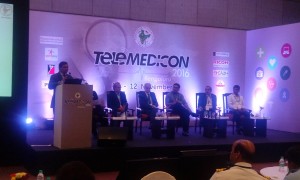Sitting outside a newly-created healthcare kiosk in her village in Rameswaram district of Tamil Nadu –Kavita, a housewife, is waiting for her turn to get her swollen leg diagnosed. After relying on multiple home remedies and injecting series of drugs by a local village practitioner, she has been told that she will be able to speak to a well-qualified doctor, sitting somewhere in Madurai, through this kiosk.
Had it not been for this kiosk, which she is yet to enter, Kavita’s husband Suresh was planning to take her to the nearby hospital, the only primary healthcare place for the villagers, which is approximately 20 kilometers away. This meant he would have to do away with his daily wages and arranging some money by either selling some of his livestock or taking a loan, as the local unqualified practitioner had told him about the expenditure that he would have to incur in traveling and of course, the hospital’s fee.
Cut to present. Kavita is inside the healthcare facility seated at a table, which has a computer, ReMeDi® telemedicine device and software, and a printer. She is talking with the help of a local operator to a qualified doctor in Madurai. The doctor is able to get Kavita’s vital parameters to make a considered diagnosis—blood pressure, pulse and cardio rates. For the next 20 minutes, the doctor examines her leg through a web camera, makes a diagnosis and prescribes treatment. She was asked to get the prescribed medicine from the small pharmacy set up right outside the kiosk and visit them again after a week.
If somebody had said a few years ago, that it’s possible to disseminate information about a patient’s health from a village to the district hospital instantly with a meager consultation cost, nobody would have paid any heed. But thanks to advances in communication and technology, quality healthcare in rural areas has now become a reality. More so with Remote Healthcare Solutions like ReMeDi® that has been created indigenously and can operate even with low-speed internet connections.
One of the major reasons that India’s poor incur debt is cost of healthcare. According to a 2012 report by accounting firm PricewaterhouseCoopers (PwC), India has 0.7 physicians per 1,000 people — BRIC peers Russia (5), Brazil (1.5) and China (1.5) have better ratios — and most Indians travel about 20 kilometers to reach a hospital.
Having direct interaction with a qualified doctor is nearly impossible for many patients since most doctors live in cities, while 70 percent of India’s population lives in rural areas. The diseases that could have been tamed at an early stage aggravate to a point where hospitalization becomes a must. And the exorbitant medical expenses force rural population to either borrow money or sell assets to pay for hospitalization, which simply pushes them below the poverty line.
According to National Accounts Statistics, 80 percent of Indians seek private healthcare. Around 40 percent of the population either borrow money or sell assets to pay for hospitalization, and 25 percent fall below poverty line as a result of medical expenses each year.
But with nearly 900 million mobile phone connections and over 200 million internet users, wireless technology can be harnessed to decentralize India’s healthcare industry, which is expected to touch $250 billion by 2020.
With quality telemedicine consultation, patients do not have to go beyond their village for medical care. It saves patients’ time and money, and will ultimately help in breaking this vicious circle of poverty.




